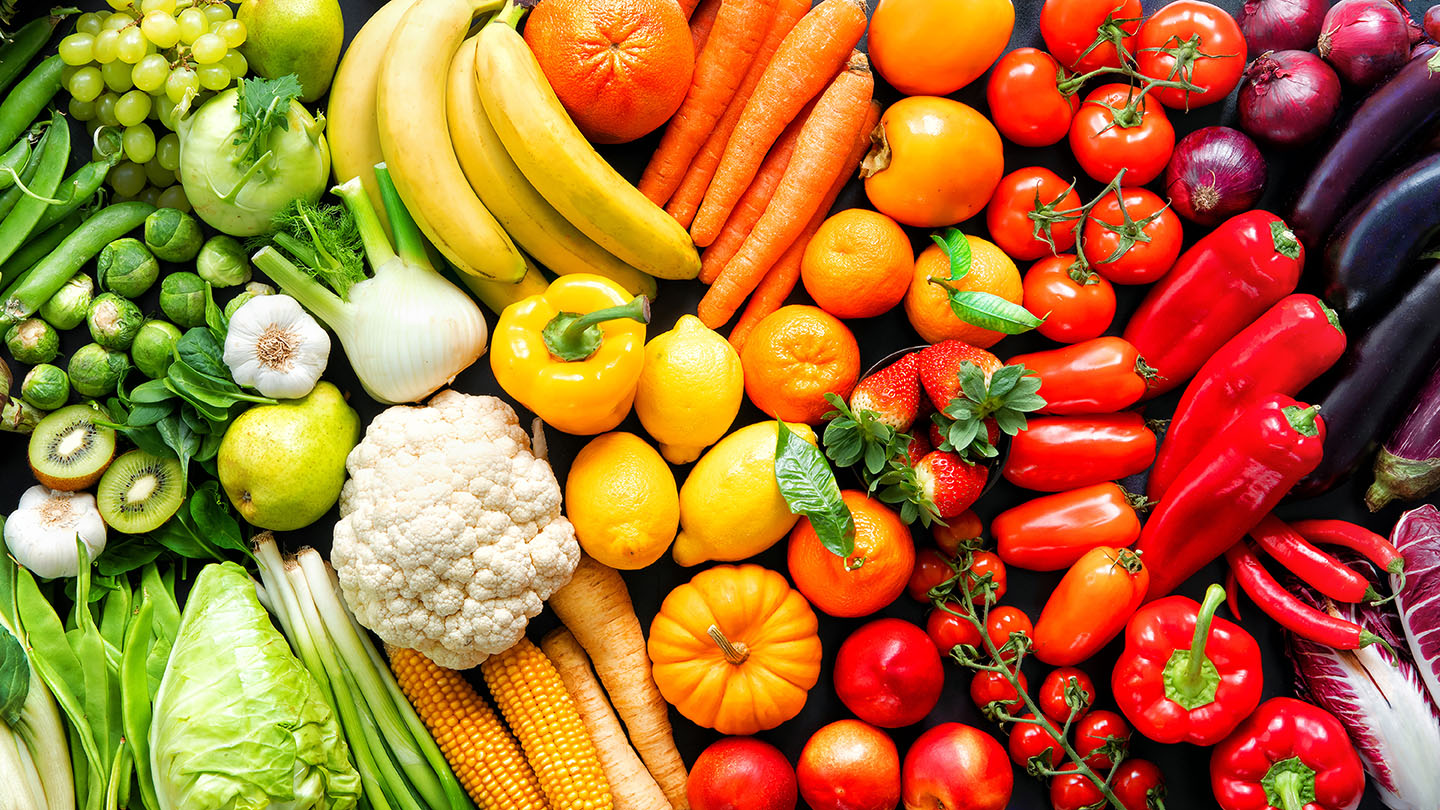Did you know that being underweight can cause health problems? Many people are familiar with the health problems associated with being overweight, like diabetes and high blood pressure, but may not realize that being underweight can also negatively impact their health. Underweight individuals face higher risks for heart problems, chronic fatigue, and depression. No matter what your weight is, it is important to remember that proper nutrition, healthy eating, and regular exercise are essential to maintain good health. Improving your food choices can bring lifelong health benefits.
As March marks National Nutrition Month, Benefits.gov is highlighting nutrition-related benefit programs available to help you achieve a balanced diet.
Supplemental Nutrition Assistance Program
The Supplemental Nutrition Assistance Program (SNAP) provides benefits to low-income people that can be used to buy nutritious foods. SNAP recipients spend their benefits via an Electronic Benefits Transfer (EBT) card. The EBT card can be used like a debit card to purchase eligible food in authorized retail food stores. For more information, visit the SNAP Program Page. Also, check out our article SNAP: Keeping Nutrition and Health a Priority.
National School Breakfast and Lunch Programs
The National School Breakfast and Lunch Programs make nutritionally balanced, low-cost or free meals available to children each school day. Over 92,000 schools offer lunches at school, and nearly 70,000 schools offer breakfast at school. School breakfasts and lunches meet the dietary guidelines for Americans and federal nutrition standards. Some schools offer after school snacks to children in after school care programs. For more information, visit the National School Breakfast and Lunch Program Page.
Need more nutrition information?
For additional information, visit the U.S. Department of Agriculture’s Center for Nutrition Policy and Promotion for Nutrition Resources including an interactive healthy eating index, dietary guidelines for Americans and the food guide pyramid. You can also check out our article on National Fresh Fruit and Vegetable Month to find more tips for eating healthy or Spring into Fun and Fitness to learn different ways to stay active. Benefits.gov also encourages you to take the Benefit Finder questionnaire, or browse by the Food and Nutrition category to find more benefits that may be available to you.
